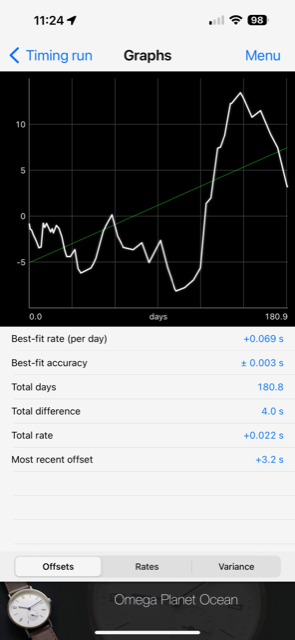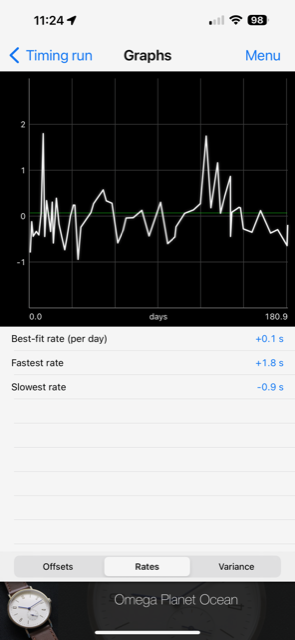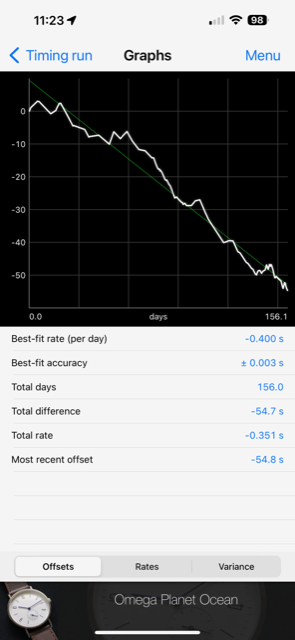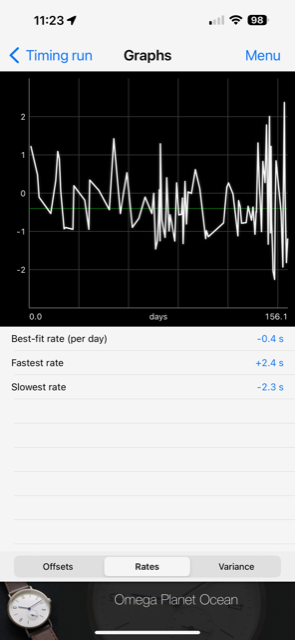TheorPhys
·Hello Forum, It seems that need an assistance with figuring out what is wrong, if anything, with my PO, and what should be my next steps. Long story short: Bought a PO 1 year ago. Was impressed with its accuracy during the first 6 months or so, as I have been tracking it regularly. Things though changed recently and during the last 5 months the watch steadily loses time, which, per my reading of all 8900-related conversations, is something unusual. Just for illustration, I am attaching charts from the first batch of data and the current batch of data. I plan to send it to Omega for "tuning", but first I would appreciate your comments and suggestions, and I certainly would be interested to hear an opinion of such an expert as @Archer . Watch is either worn, or in the winder. Sometimes I leave it dial up overnight, and only in this position it gains time. Thank you. Cheers!








